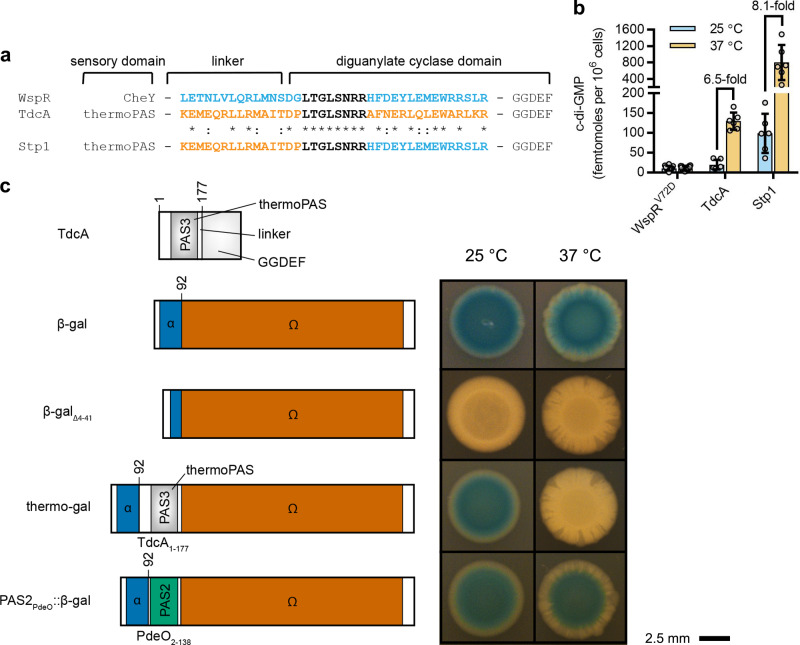Fig. 4. Engineered protein chimeras identify a thermosensitive Per-Arnt-SIM (thermoPAS) domain.
a CLUSTALW sequence alignment of WspR (blue) and TdcA (orange) protein sequences. The TdcA thermoPAS domain was fused to the GGDEF domain of WspR via the region of identity at the N-terminus of the GGDEF domains (black), yielding the chimeric synthetic thermosensory protein 1 (Stp1). b LC–MS/MS measurements of c-di-GMP levels in cells expressing WspR, TdcA, and Stp1 from an arabinose-inducible expression cassette (araC-PBAD). Each datum point represents an independent biological replicate, and lines and bars represent means and standard deviations, respectively, for 6–12 independent biological replicates. Temperatures of 25 °C and 37 °C are represented by sky blue and orange bars, respectively. c Internal fusions of the N-terminal portion of TdcA to LacZ (β-galactosidase) produce an enzyme, thermo-gal, which displays temperature-sensitive catalytic activity when expressed in E. coli LMG194. Bacteria were grown on LB agar containing X-gal and 1% l-(+)-arabinose.

